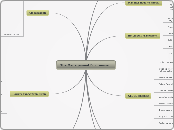av luis mosquera för 6 årar sedan
238
Planning and Preparation for Effective Negotiation
In negotiating a license agreement, it is essential to establish the terms that reflect the allocation of risks between the parties and the potential marketability of the patented technology.









